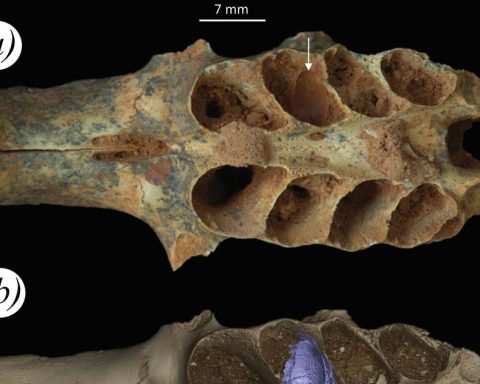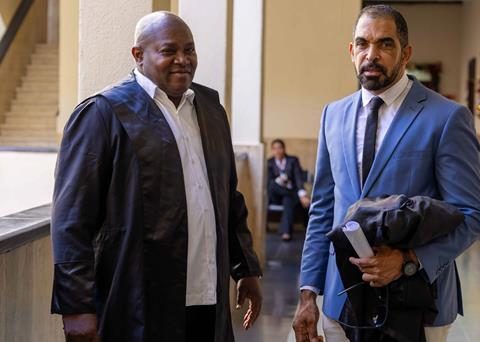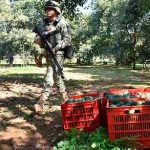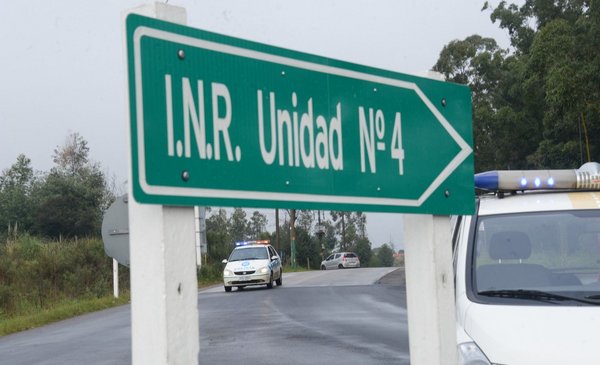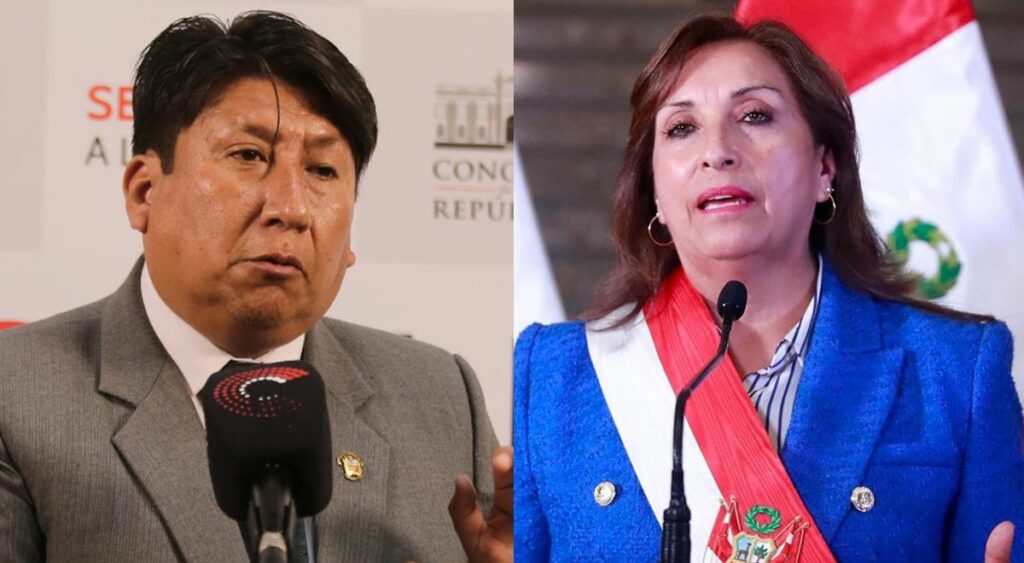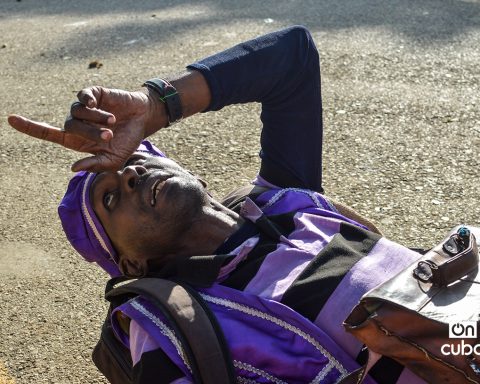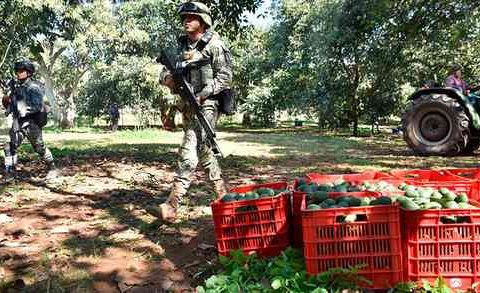Every December 25, and part of Christmas Eve, boys and girls residing in provinces such as Santiago, Valverde, Puerto Plata and others in the Cibao Region, live one of the most magical moments of their childhood with the celebration of the expected Day of Infant Jesusthe date they receive toys as Christmas gifts.
Innocent that their parents are the ones who leave the traditional gift that causes them big smiles, many little ones they set up a whole stage previous in which they place sweets or other edibles in a container so that “when the Child Jesus passes by” he takes them in exchange for the toys they are to receive.
This tradition, which differs from the customs rooted in Greater Santo Domingo and surrounding areas where presents for infants are handed out every January 6 and are attributed to the so-called “Wise Men”, have their origin in the influence of culture American religious that was established in principle in the northern part of the Dominican Republic after the arrival of the Spaniards on the island, according to the researcher Andrés L. Mateo.
“The North American influence first took hold there in Santiago, and since Santiago is a paradigmatic reference in terms of urban development, obviously many other regions assumed it”, points out the also Dominican philosopher.
Despite the fact that the “miracle” is attributed to the Child Jesus by Christian beliefs, the expert details that this inheritance of giving away toys on Christmas Day It was assumed from the folkloric tradition around the figure of Nicolás de Bari (San Nicolás or Santa Claus), a bishop whose most remembered act of generosity is that of having entered the house of an impoverished family through the window and leaving a bag full of gold coins for their livelihood.
“When I was little I only knew about him Child Jesus. For me It was very surprising when I came to live in Santo Domingo and they told me about Three Kings Day, that was not celebrated there,” says Diana Brito, a native of Santiago, who today has implemented both customs in her family.
The tradition is ha expandgone
For some time now, this distribution of toys on the eve and on Christmas Day has also spread to other central areas of the country, where it is constant to see family photos in pajamas on social networks while the presents that they “left under the tree” are opened. ”.
“Many parents in Santo Domingo and other areas have already chosen to deliver gifts from December 25 so that their children can enjoy the toys for longer before returning to their school day,” the expert points out.
Compensation for your good conduct
In addition to the enthusiasm for the new toy, both the gifts attributed to Baby Jesus, Santa Claus or the Three Wise Men, are also perceived by the little ones as a reward for their good behavior throughout the year.
According to Andrew L. Matthewthis feeling is instilled by some parents and guardians as part of the education supported by the theological process that most religions have, especially Christianity, in which a prize is awarded or someone is condemned for an event.
“We know that the arguments of domestic education is basedno in this compensatory didactics. If you behaved well obviously you were going to have the best gifts. If you behaved badly there would be no kind of gift for you or if there was a gift it was very precarious”Mateo points out.
Old Bethlehem: a hope among social inequality
The panorama of smiles, surprises and gifts is not general for all children, since many parents do not have enough financial resources to please or reward them on these dates.
Mateo explains that, from this reality that marks social inequality, the character of the Old Bethlehem arises, a myth of Dominican culture that serves to house the illusion and appease the anxieties of the boys and girls who, even behaving well, did not have the opportunity to receive the “miracle of the Child Jesus, Santa Claus or the Three Wise Men”.
However, the gifts that “Old Bethlehem brings” come to materialize on very few occasions, so in most cases it is nothing more than a way of betting on hope.
By: Liliany E. Martinez V.


